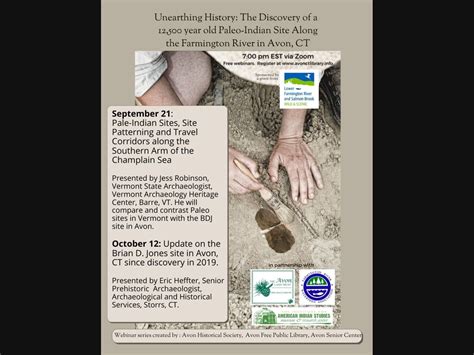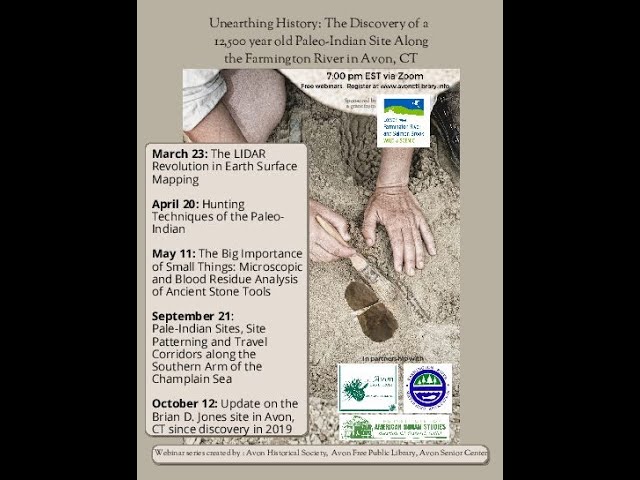Throughout history, ancient monuments have stood as silent witnesses to the rise and fall of civilizations, offering a glimpse into the past and a testament to the cultural legacies that have shaped our world. From the towering pyramids of Egypt to the intricate temples of Angkor, these historical landmarks are not just remnants of bygone eras; they are living symbols of human ingenuity, resilience, and identity. This article explores the latest discoveries that shed new light on these ancient wonders, the ongoing efforts to preserve them, their impact on tourism and local economies, their cultural significance, the threats they face, and what the future holds for these irreplaceable treasures.
Delve into this topic with ritarblog.com for a comprehensive understanding.
1. New Discoveries
New discoveries fueled by technological and archaeological advancements are revolutionizing our understanding of ancient monuments. High-tech tools like ground-penetrating radar, LiDAR, and 3D imaging are revealing hidden chambers, lost cities, and intricate details previously inaccessible. For example, LiDAR scans of Central America’s dense jungles have uncovered vast networks of Mayan cities, hidden for centuries beneath thick vegetation. Likewise, recent explorations in Egypt have unearthed tombs and artifacts, providing fresh insights into the lives of the pharaohs and their subjects.
These discoveries not only expand our understanding of history but also challenge long-held assumptions about ancient societies. The unearthing of previously unknown structures at sites like Stonehenge suggests that these monuments were part of a much larger and more intricate network than previously believed. Such findings emphasize the dynamic and evolving nature of archaeological research, as every new discovery has the potential to fundamentally alter our comprehension of the past.
These discoveries transcend mere academic interest; they ignite the public’s imagination and deepen our understanding of our shared human history. The ancient monuments, through their enduring presence, inspire a constant quest for knowledge and a renewed appreciation for our collective heritage.

2. Preservation Efforts
With each new archaeological find, the importance of preserving ancient monuments grows. The challenge lies in striking a delicate balance between revealing history and safeguarding it for posterity. This necessitates a comprehensive strategy that blends tried-and-true conservation practices with innovative technological advancements.
Preservation faces a significant challenge: the inherent degradation of materials over time. Weathering, erosion, and climate change all pose severe threats to ancient structures. In response, conservationists are implementing innovative techniques. Laser cleaning removes harmful pollutants without damaging the underlying stone, while drones monitor and assess the condition of remote sites. Furthermore, 3D scanning and digital archiving are becoming essential tools. These technologies create detailed records that are invaluable for future restoration efforts or virtual tourism experiences.
International collaboration and funding are vital to heritage preservation. Organizations like UNESCO and the World Monuments Fund partner with local authorities and communities to ensure preservation efforts are culturally sensitive and sustainable. These partnerships often include training local artisans in traditional restoration methods, guaranteeing the continuity of skills and knowledge necessary for maintaining these sites for future generations.
By working together, we can protect the invaluable heritage enshrined in ancient monuments, making sure their tales are passed down for generations to come.

3. Tourism & Economic Impact
The discovery and preservation of ancient monuments have a profound impact on tourism and local economies. Historical landmarks, such as the Great Wall of China, Machu Picchu, and the Pyramids of Giza, attract millions of visitors each year, generating significant revenue for the surrounding regions. This influx of tourists creates a demand for services, including hotels, restaurants, and guided tours, which in turn stimulates job creation and economic growth.
However, the rise in tourism also presents challenges. The increased foot traffic can accelerate the wear and tear on these fragile sites, leading to concerns about their long-term preservation. In response, some regions have implemented measures such as visitor caps, timed entry, and off-site virtual tours to manage the impact while still allowing people to experience these historical wonders.
Moreover, tourism linked to ancient monuments often supports the preservation efforts by providing the necessary funding for maintenance and conservation projects. When managed responsibly, the tourism industry can become a powerful ally in the ongoing effort to protect and celebrate the cultural legacies of the past, ensuring that these sites remain vibrant and accessible for future generations to explore and appreciate.

4. Cultural Significance
Ancient monuments are more than just architectural achievements; they are profound expressions of cultural identity and heritage. These sites encapsulate the beliefs, values, and artistic expressions of the civilizations that created them, providing tangible connections between the past and present. For many communities, these landmarks serve as sacred spaces imbued with deep spiritual significance, reflecting the traditions and rituals passed down through generations.
These monuments hold cultural significance that transcends their original creators. They evoke awe and reverence in people from diverse cultures and eras, fostering a sense of shared human history. Exploring these sites allows individuals to connect with the narratives and experiences of past generations, offering glimpses into how ancient civilizations perceived the world and their role within it.
By preserving these monuments, we go beyond safeguarding mere physical structures. We are actively protecting the cultural stories and historical legacies they embody. This ensures that future generations will have the opportunity to learn from and be inspired by these significant landmarks.
5. Threats & Challenges
Ancient monuments, despite their enduring significance, face a multitude of threats that endanger their survival. Natural forces, including weathering, erosion, and climate change, are increasingly impacting these structures. Rising temperatures and extreme weather events accelerate the degradation process, putting a strain on their resilience. Human activity further compounds these threats. Urbanization, pollution, and unchecked tourism can inflict irreversible damage to these fragile historical sites.
Ancient monuments face a multifaceted threat from looting, illegal excavations, and even deliberate destruction. These activities not only rob sites of their cultural and historical context but also sever our connection to the past. Sadly, the systematic destruction of heritage sites in conflict zones highlights the severity of this issue. Safeguarding these irreplaceable treasures necessitates not just technical expertise but also a united global effort through international collaboration and robust legal frameworks to combat these destructive forces.
The delicate balance between accessibility and preservation remains a complex issue. Technology presents new opportunities for monitoring and safeguarding these sites, yet also underscores the ongoing struggle to protect them from both natural and human-made threats. Meeting these challenges demands a global dedication to conservation, requiring collaboration among communities, governments, and organizations to ensure the preservation of these priceless cultural treasures for future generations.
6. Future Outlook
The future of ancient monuments depends on our ability to strike a balance between preservation and progress. Technological advancements offer promising solutions for safeguarding these sites. Sophisticated monitoring systems and digital preservation techniques, such as virtual reality and 3D modeling, provide new ways to engage with and protect historical landmarks. By making these sites accessible to a wider audience, these innovations minimize the physical impact on the monuments themselves.
The success of these endeavors hinges on sustained international collaboration, the adoption of sustainable tourism practices, and robust community involvement. Education, emphasizing the significance of preservation and cultivating a shared sense of responsibility, will be paramount in guaranteeing the enduring existence of these monuments.
In the face of mounting environmental and social pressures, the enduring resilience of ancient monuments stands as a testament to our own capacity to conquer hardship. By dedicating ourselves to their preservation, we not only pay homage to the past but also cultivate a reservoir of cultural and historical wealth that will empower generations to come.
Ancient monuments are invaluable links to our past, rich in cultural significance and historical insight. As new discoveries emerge and preservation efforts advance, these landmarks face both opportunities and challenges. By embracing innovative technologies, fostering global cooperation, and promoting responsible tourism, we can safeguard these treasures, ensuring that their stories and legacies continue to inspire and educate future generations.
ritarblog.com

